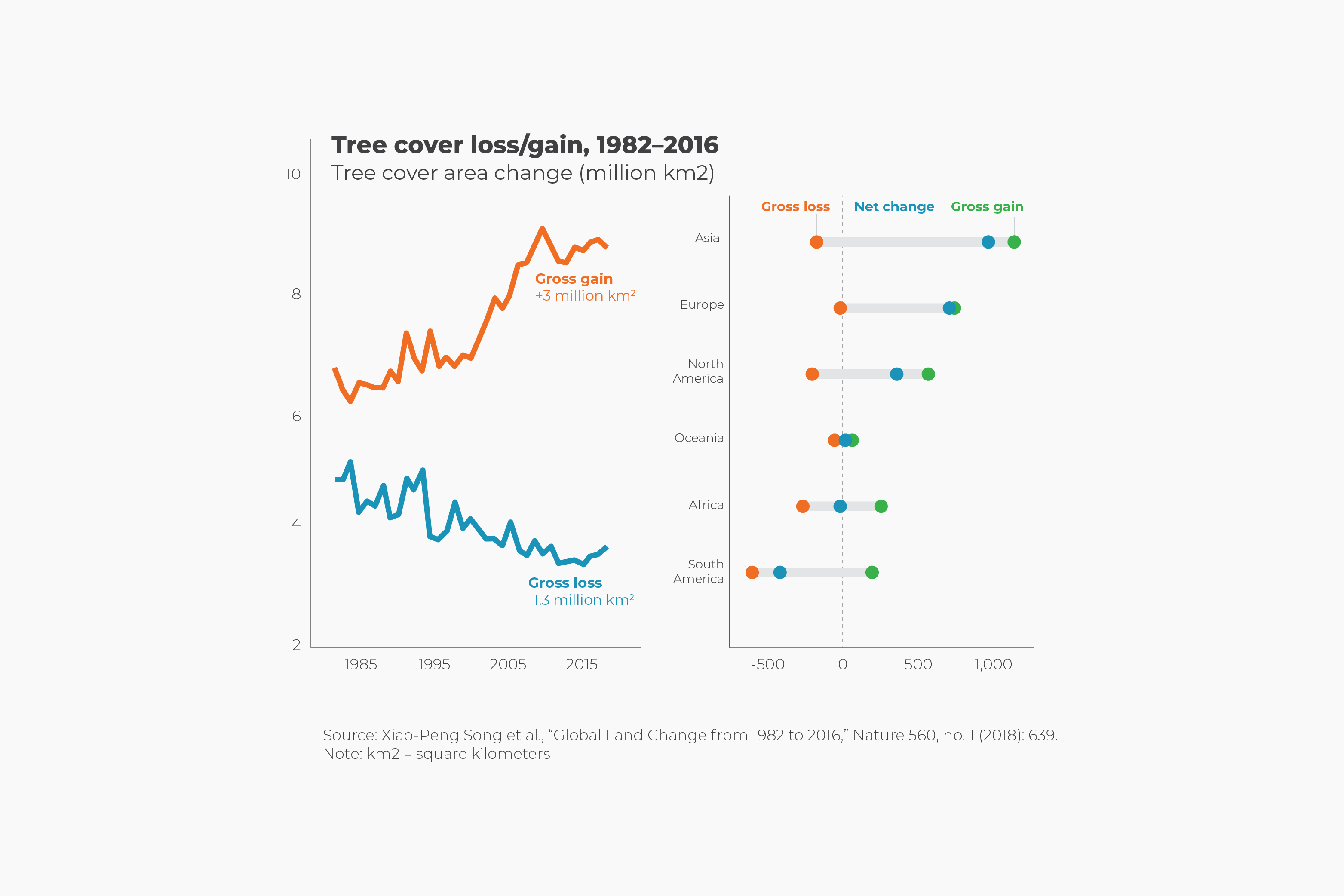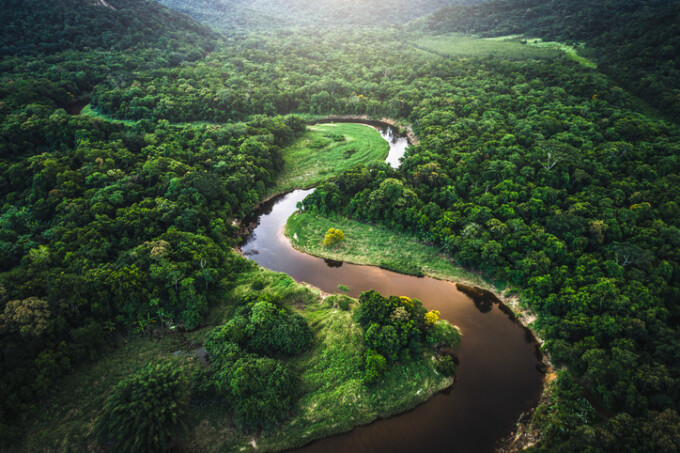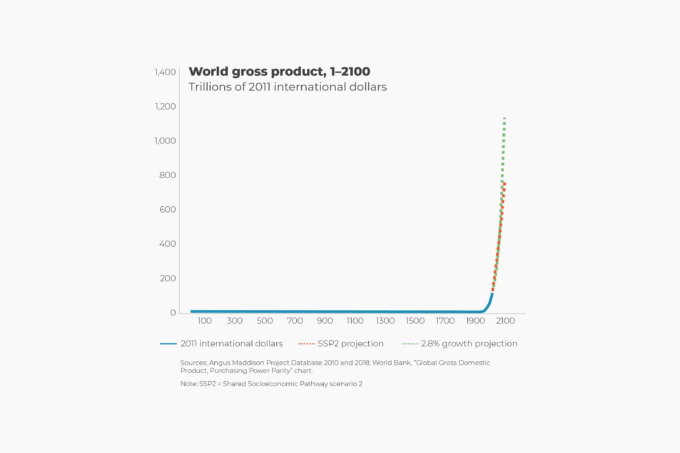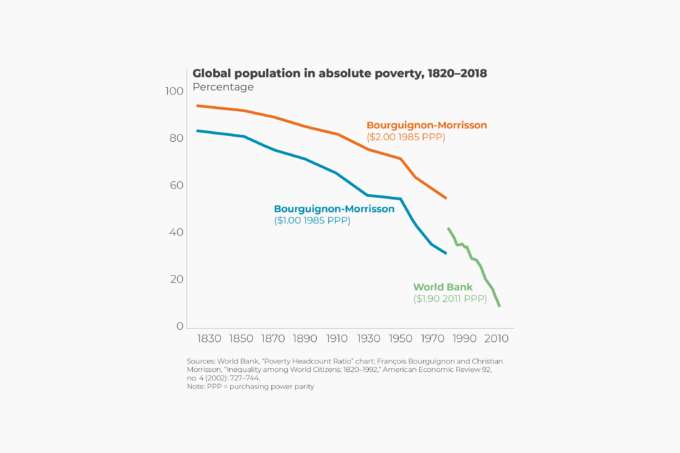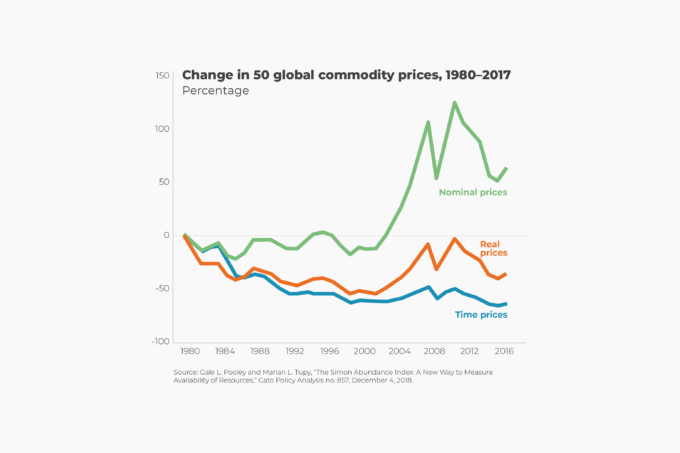The global tree canopy increased by 2.24 million square kilometers (865,000 square miles) between 1982 and 2016, reported researchers at the University of Maryland in a September 2018 study in Nature. That’s a land area larger than Alaska and Montana combined.
Using satellite data to track the changes in various land covers, they found that gains in forest area in the temperate, subtropical, and boreal climatic zones are offsetting declines in the tropics. In addition, forest area is expanding even as areas of bare ground and short vegetation are shrinking. Furthermore, forests in mountainous regions are expanding as climate warming enables trees to grow higher up on mountains.
A 2011 study in the journal Nature Climate Change estimates that global forest growth and regrowth currently act as a carbon sink, annually taking from the atmosphere one-third and one-fourth of the total carbon dioxide emissions from burning fossil fuels. The tree canopy in Europe, including European Russia, has increased by 35 percent—the greatest gain among all continents. The researchers attribute much of that increase to the “natural afforestation on abandoned agricultural land,” which has been “a common process in Eastern Europe after the collapse of the Soviet Union.” The tree canopy in China and the United States has increased by 34 percent and 15 percent, respectively.
The study notes that the expansion of the agricultural frontier is the primary driver of deforestation in the tropics where forest cover continues to shrink in countries like Argentina, Brazil, and Paraguay.
These new data are counter to the Food and Agriculture Organization’s 2015 findings that forest cover had dropped from 31.6 percent of global land area in 1990 to 30.6 percent in 2015. The disparity between the Maryland and FAO reports arises from the FAO’s reliance on data supplied by governments and somewhat different definitions of what counts as forest cover.
Expanding woodlands suggests that humanity has begun the process of withdrawing from the natural world, which, in turn, will provide greater scope for other species to rebound and thrive.

